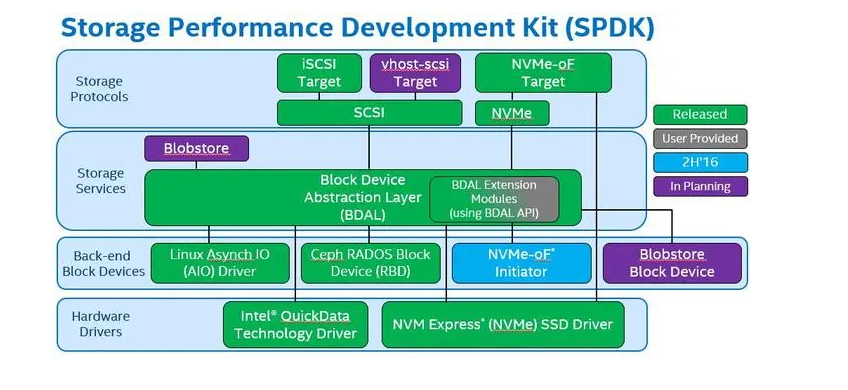This is an implementation of the Ford-Fulkerson algorithm in Julia, which finds the maximum flow in a network represented by an adjacency matrix. The algorithm works by finding augmenting paths from the source node α to the sink node β, and then increasing the flow along those paths until no more augmenting paths can be found.
The function takes three arguments: the adjacency matrix as a 2-dimensional array of integers, and two integers representing the source and sink nodes respectively. The function returns the maximum flow from α to β.
The algorithm starts by initializing some variables: n is set to the number of nodes in the network (the size of the adjacency matrix), flow is set to zero (since there is initially no flow), and a copy of the adjacency matrix is made for later use (since we will modify it).
The main loop of the algorithm continues until there are no more augmenting paths from α to β. Inside this loop, we first perform a breadth-first search on the residual graph (which is initialized as a copy of the original graph) starting at α. This gives us a tree rooted at α that contains all reachable nodes.
If β is not in this tree, it means there are no more augmenting paths and we can exit the loop. Otherwise, we find an augmenting path by tracing back from β to α along parent links in our tree, keeping track of the minimum residual capacity along that path.
We then update our residual graph by subtracting this minimum capacity from each edge on our augmenting path (in both directions), effectively “sending” flow along that path. We also add this same amount to each reverse edge (i.e., an edge going in the opposite direction) so that future flows don’t interfere with our current path.
Finally, we add this new flow value to our total flow and repeat until there are no more augmenting paths.
Overall, this algorithm has a time complexity of O(fE), where f is the maximum flow and E is the number of edges in the network. This is because each augmenting path can increase the flow by at most f, and we may need to find up to f such paths (although in practice we often find many fewer).





















